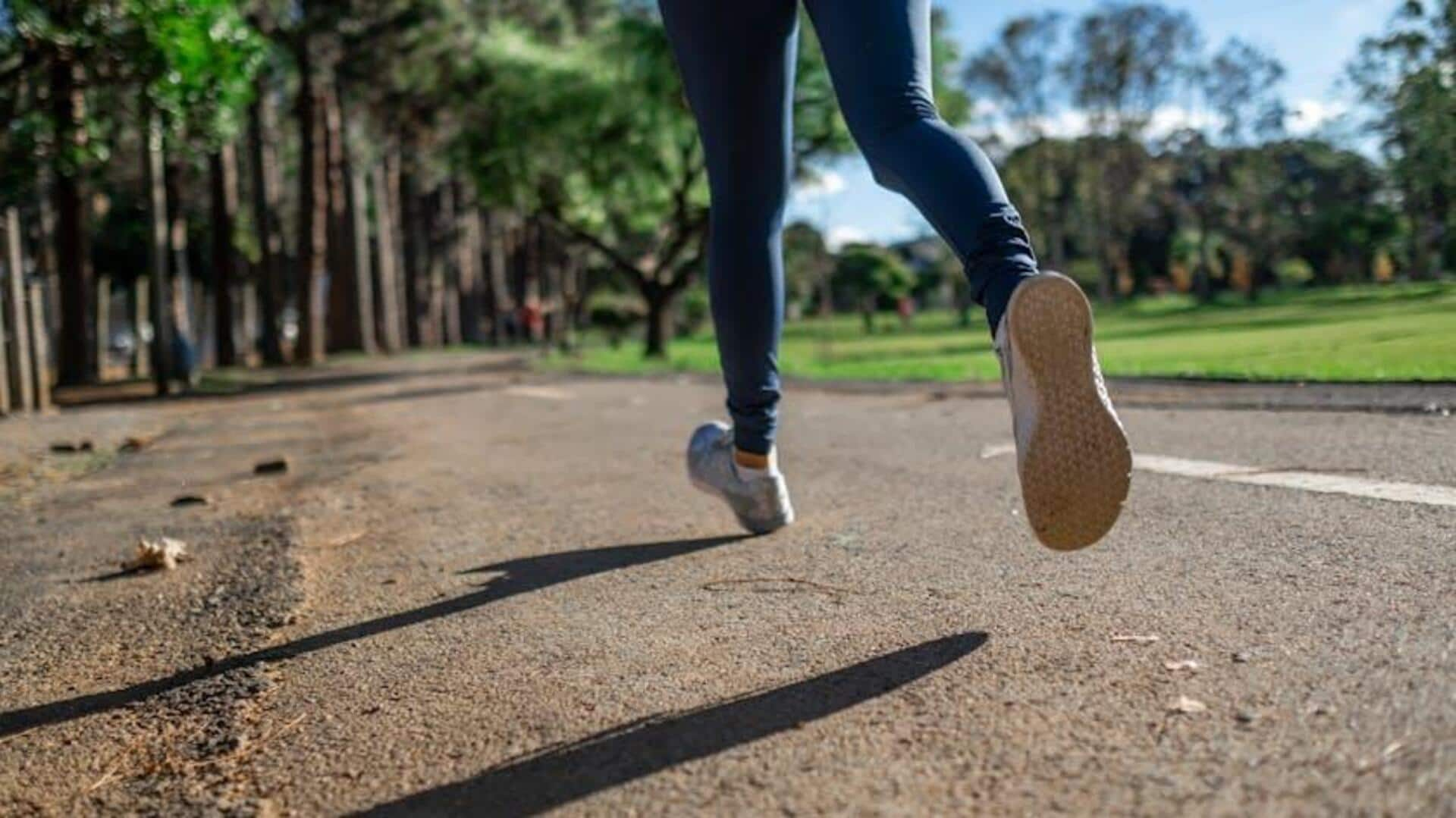
Running v/s jump rope: Which keeps you fitter?
What's the story
Running and jump rope are two popular cardio exercises that come with different benefits. Both these exercises can help improve heart health, boost stamina, and promote weight loss. Running is mostly considered as the ultimate endurance training activity, while jump rope is famed for improving coordination and agility. Knowing the differences between the two can help you choose the best one for your fitness goals.
#1
Calorie burn comparison
Running usually burns more calories per minute than jumping rope as it is more continuous and involves bigger muscle groups. A 70 kg individual can burn about 600 calories per hour by running at a moderate pace on average. Jumping rope can burn some 500 calories per hour for a similar person. However, intensity levels and personal fitness matter a lot in burning calories.
#2
Impact on joints
The effect on joints differs a lot when it comes to running and jump rope. Running includes repetitive pounding on hard surfaces which can stress the joints over time if one doesn't wear the right shoes or use the right technique. Jumping rope usually applies less force on joints as you have softer landings with both feet absorbing impact at the same time.
#3
Equipment requirements
Running doesn't require much equipment apart from a good pair of running shoes that suit your foot type and terrain preference. Meanwhile, you need a good quality jump rope that is of the right height for you to perform optimally. Both activities require comfortable athletic wear but not necessarily expensive gear or gym memberships, which makes them an accessible option for many.
#4
Versatility in workouts
Both running and jump rope offer versatility in workouts but differ in execution styles. Running allows for varied terrains such as trails or tracks and includes interval training options like sprints or hill runs to challenge different muscle groups. Jumping rope provides opportunities for incorporating tricks like double unders or crossovers into routines, while also serving as an effective warm-up exercise before strength training sessions.